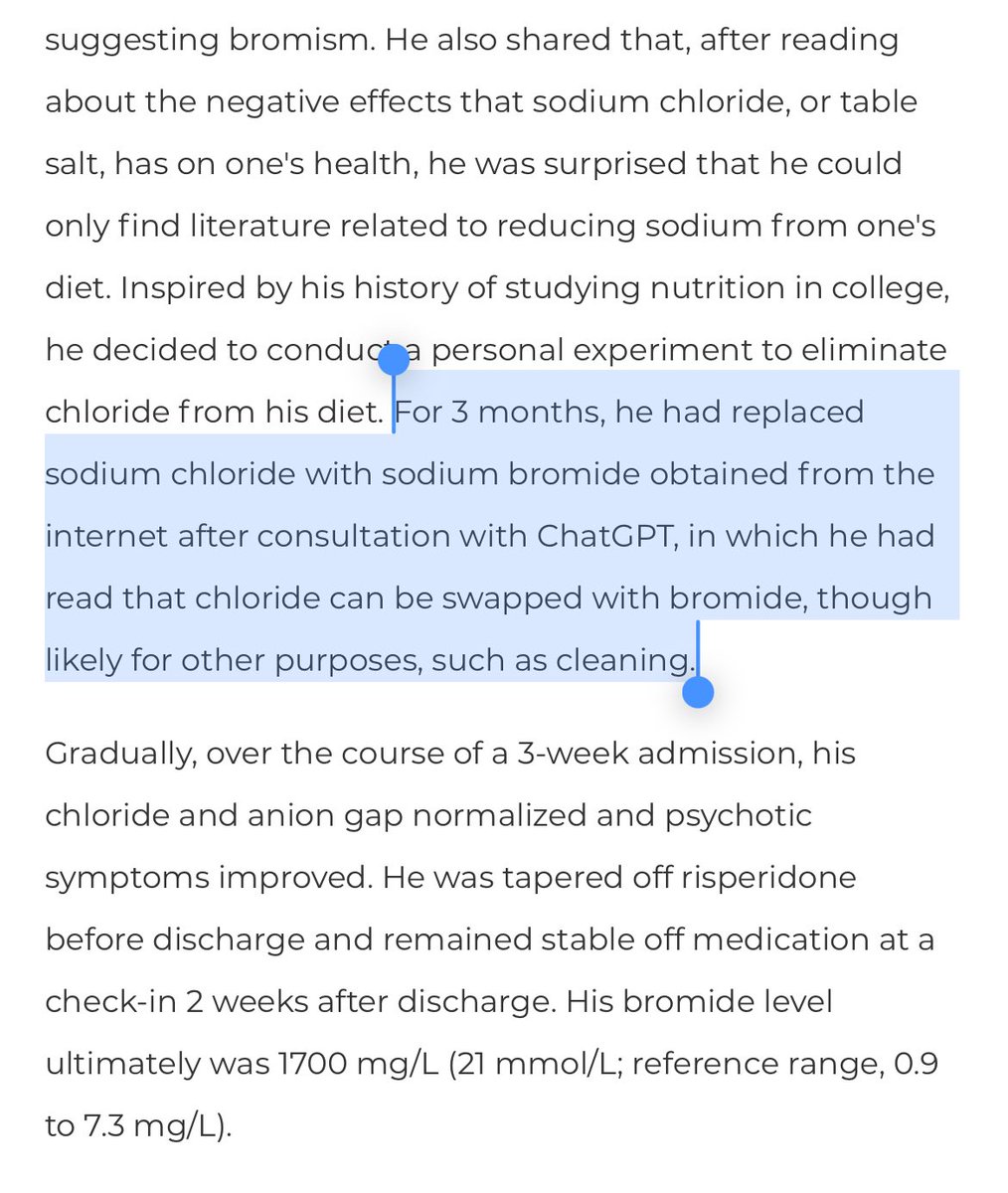Here's another #Pulmonary teaching case: #FOAMed
A middle aged woman presents with many months of pleuritic chest pain and dyspnea. PFTs and CXR are shown (current CXR on right, prior from 5 yrs ago on left). DLCO is normal. HRCT shows no parenchymal lung disease.
1/

A middle aged woman presents with many months of pleuritic chest pain and dyspnea. PFTs and CXR are shown (current CXR on right, prior from 5 yrs ago on left). DLCO is normal. HRCT shows no parenchymal lung disease.
1/


Which of the following co-morbid conditions might explain the abnormal CXR and PFT findings:
2/
2/
Shrinking Lung Syndrome (SLS) is a rare complication of SLE or occasionally other #autoimmune/#rheumatologic conditions.
SLS is characterized by a triad of dyspnea, pleuritic chest pain, & progressive decrease in lung volumes w/o interstitial disease.
Here are her serologies
3/
SLS is characterized by a triad of dyspnea, pleuritic chest pain, & progressive decrease in lung volumes w/o interstitial disease.
Here are her serologies
3/

First described in 1965, SLS is thought to be caused by repeated episodes of pleuritis causing limited muscle engagement and reduced inflation, leading to a progressive decrease in lung volumes and compliance.
4/

4/


The prognosis of Shrinking Lung Syndrome (SLS) is good. Most patients respond favorably to a course of glucocorticoids (typically 40-60mg prednisone daily), with lung function & imaging often returning (almost) to baseline.
Well illustrated by this case:
5/
Well illustrated by this case:
5/

To summarize what we’ve learned about SLS:
* occurs in <1% of pts with SLE (rarely other rheum conditions)
* characterized by pleuritic chest pain, dyspnea, & decreased lung volumes w/ normal parenchyma
* due to repeated episodes of pleuritis
* is usually steroid responsive
6/
* occurs in <1% of pts with SLE (rarely other rheum conditions)
* characterized by pleuritic chest pain, dyspnea, & decreased lung volumes w/ normal parenchyma
* due to repeated episodes of pleuritis
* is usually steroid responsive
6/
• • •
Missing some Tweet in this thread? You can try to
force a refresh




























